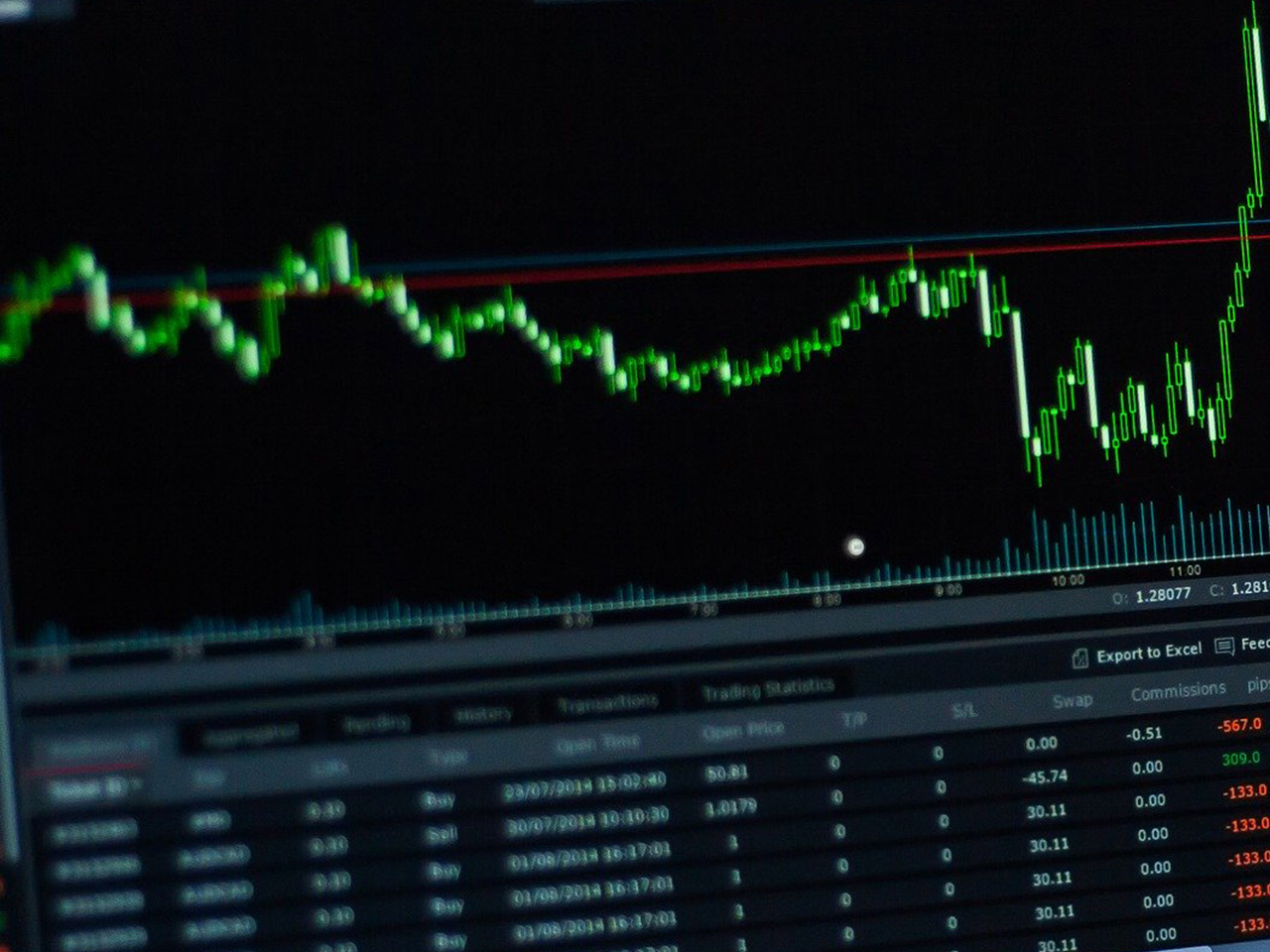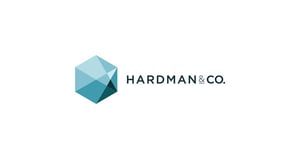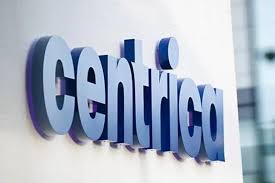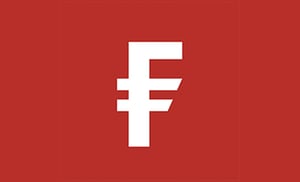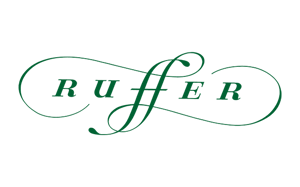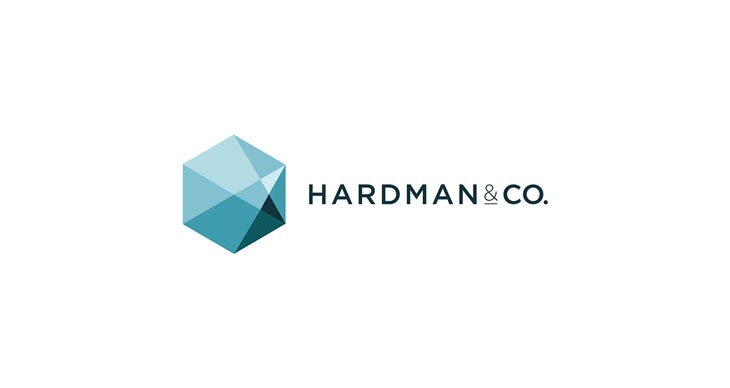Direct Line Insurance Group plc (DLG.L), a prominent player within the UK’s insurance landscape, operates primarily in the property and casualty sector. With a market capitalisation of $3.97 billion, the company offers a diverse range of insurance products, spanning motor, home, pet, travel, and more, under well-recognised brands such as Direct Line, Churchill, and Green Flag. Despite the breadth of its offerings, Direct Line faces a complex market environment that presents both challenges and opportunities for investors.
As of the latest trading session, Direct Line’s shares are priced at 305 GBp, reflecting a slight decrease of 0.01%. This price is nestled close to the upper end of its 52-week range (152.60 – 307.60 GBp), indicating a period of considerable recovery and growth from its lower band. However, with an average analyst target price of 277.55 GBp, there’s a potential downside of 9%, suggesting that the market may have priced in some optimistic assumptions about future growth or risk mitigation.
One of the most striking aspects of Direct Line’s current financial data is its forward P/E ratio, which stands at an astronomical 1,413.28. This figure suggests that investors are either expecting significant earnings growth in the future or that current earnings have been severely impacted, possibly due to extraordinary market conditions or internal challenges. Notably, other valuation metrics such as PEG, Price/Book, and Price/Sales are not available, which can pose a challenge for investors trying to gauge the company’s intrinsic value.
Despite these valuation conundrums, Direct Line has showcased robust revenue growth of 43.50%, a noteworthy figure in the insurance industry. This performance is complemented by a modest Return on Equity (ROE) of 6.65% and an EPS of 0.11, which, although not highly impressive, shows a company that is effectively navigating its operational landscape. Moreover, the firm’s free cash flow of £361 million provides a sturdy foundation for future investments and operational flexibility.
Direct Line’s dividend yield stands at 2.28%, with a payout ratio of 54.05%, reflecting a commitment to returning capital to shareholders. This yield, while appealing, must be weighed against the company’s high valuation metrics and the potential for earnings volatility.
Analyst sentiment on Direct Line presents a cautious outlook, with 2 buy ratings and 9 hold ratings, and no sell ratings. This distribution suggests that while analysts see value in holding the shares, they are also wary of any aggressive bullish stances given the current market conditions. The technical indicators reveal a 50-day moving average at 296.30 GBp and a 200-day moving average at 247.79 GBp. The RSI (14) at 39.38 indicates that the stock is approaching oversold conditions, which could potentially signal a buying opportunity for those looking to capitalise on market sentiment shifts.
Investors considering Direct Line Insurance Group should be prepared to navigate a landscape that combines the steady income potential from dividends with the uncertainties tied to the forward earnings and valuation metrics. With its diverse product offerings and established market presence, Direct Line remains a significant entity within the UK insurance market, yet it demands a thorough analysis of both its financial health and broader market conditions. As the company continues to adapt and evolve, its capacity to manage risk, leverage growth opportunities, and maintain shareholder value will be critical factors for prospective investors.


